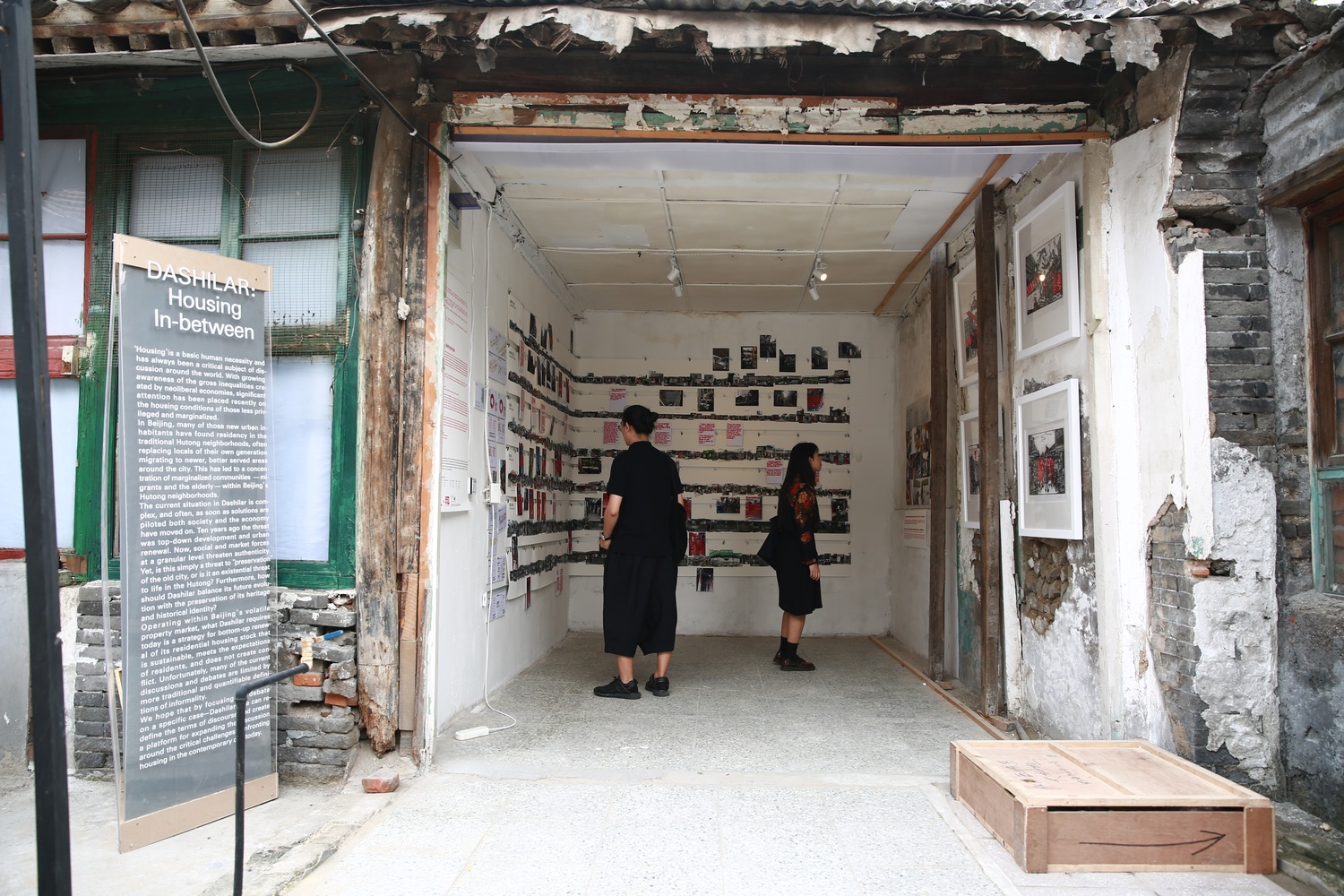A
AIA CES Credits
AV Office
321M Fayerweather Hall
Abstract Publication
415 Avery Hall
Academic Affairs
400 Avery Hall
Academic Calendar, Columbia University
Academic Calendar, GSAPP
Admissions Office
407 Avery Hall
1172 Amsterdam Avenue
New York, New York 10027
Advanced Standing Waiver Form
Must be printed and returned to 400 Avery Hall
Alumni Board
Alumni Office
405 Avery Hall
1172 Amsterdam Avenue
New York, New York 10027
Architecture Studio Lottery
Assistantships
Avery Library
300 Avery Hall
1172 Amsterdam Avenue
New York, NY 10027
Avery Review
Avery Shorts
B
Black Student Alliance at Columbia GSAPP
Building Science & Technology Waivers
Bulletin Archive
C
Career Services
300M Avery Hall
Columbia Books on Architecture and the City
Commencement
Communications Office
415 Avery Hall
Conversations podcast
Counseling and Psychological Services
Courses
Credentials Verification
Credit Transfer
Cross Registration
D
Dean’s Letter
Dean’s Office
402 Avery Hall
1172 Amsterdam Avenue
New York, NY 10027
Development Office
404 Avery Hall
Directory of Classes (All Columbia University)
Disability Services
Dodge Fitness Center
3030 Broadway Dodge
Dual Degree Program Requirements
E
End of Year Show
Events Office
415 Avery Hall
External Funding Sources
F
Faculty Directory
Feedback
Finance Office
406 Avery Hall
Fitch Colloquium
Future Anterior Journal
G
GSAPP Community Fellowship Program
GSAPP Emergency Fund
GSAPPX+
Grades
Graduation
Graphics Project
H
Honor System
Human Resources
Hybrid Pedagogy Resources
I
IT Helpdesk Ticket, GSAPP
IT Office, GSAPP
IT, Columbia University (CUIT)
Identity
Incubator Prize
International Students and Scholars Office (ISSO)
N
News and Press Releases
Newsletter Sign Up
Non-Discrimination Statement and Policy
O
Onera Prize for Historic Preservation
Online Admissions Application
GSAPP Admissions 407 Avery Hall
Output Shop
116 Avery Hall
1172 Amsterdam Avenue
New York, NY 10027
Ownership of Student Work Policy
P
Paris Prize, Buell Center
Paul S. Byard Memorial Lecture Series
Percival & Naomi Goodman Fellowship
Plagiarism Policy
Policies & Resources
Press Releases
Publications Office
415 Avery Hall
1172 Amsterdam Avenue
New York, New York 10027
R
Registration
Registration: Add / Drop Form
Room Reservations
S
STEM Designation
Satisfactory Academic Progress
Scholarships
Skill Trails
Student Affairs
400 Avery Hall
Student Awards
Student Conduct
Student Council (All Programs)
Student Financial Services
Student Health Services at Columbia
Student Organization Handbook
Student Organizations
Student Services Center
205 Kent Hall
Student Services Online (SSOL)
Student Work Online
Studio Culture Policy
Studio Procedures
Summer Workshops
Support GSAPP
‘Housing’ is a basic human necessity and has always been a critical subject of discussion around the world. With growing awareness of the gross inequalities created by neoliberal economies, significant attention has been placed recently on the housing conditions of those less privileged and marginalized.
In Beijing, many of those new urban inhabitants have found residency in the traditional Hutong neighborhoods, often replacing locals of their own generation migrating to newer, better served areas around the city. This has led to a concentration of marginalized communities – migrants and the elderly – within Beijing’s Hutong neighborhoods.
The current situation in Dashilar is complex, and often, as soon as solutions are piloted both society and the economy have moved on. Ten years ago the threat was top-down development and urban renewal. Now, social and market forces at a granular level threaten authenticity. Yet, is this simply a threat to “preservation” of the old city, or is it an existential threat to life in the Hutong? Furthermore, how should Dashilar balance its future evolution with the preservation of its heritage and historical identity?
Operating within Beijing’s volatile property market, what Dashilar requires today is a strategy for bottom-up renewal of its residential housing stock that is sustainable, meets the expectations of residents, and does not create conflict. Unfortunately, many of the current discussions and debates are limited by more traditional and quantifiable definitions of informality. We hope that by focusing the debate on a specific case – Dashilar – we can redefine the terms of discourse and create a platform for expanding the discussion around the critical challenges confronting housing in the contemporary city today.
Taking place in a vacant yet intimate former domestic residence in Dashilar, the temporary pop-up exhibition features film screening, installation, photography, and graphics by an ensemble of local and international artists, including Concrete Flux (Solveig Suess), Matjaž Tančič, Cai Yuanhe & Yuan Su, Li Peifeng, CUDI (Creative Urban Development Institute,) Matthew Niederhauser and John Fitzgerald. Their work meaningfully engages with the local inhabitants and neighbourhood, exploring themes about lives in-between staying and leaving, migration and adaptation. Through the dialogue between the “informal” living space and the exhibits, we hope to express “in-between” not merely as a spatial condition but also as a state of mind, and ask how this notion can be altered and pivoted as a strategy for sustainable development.















